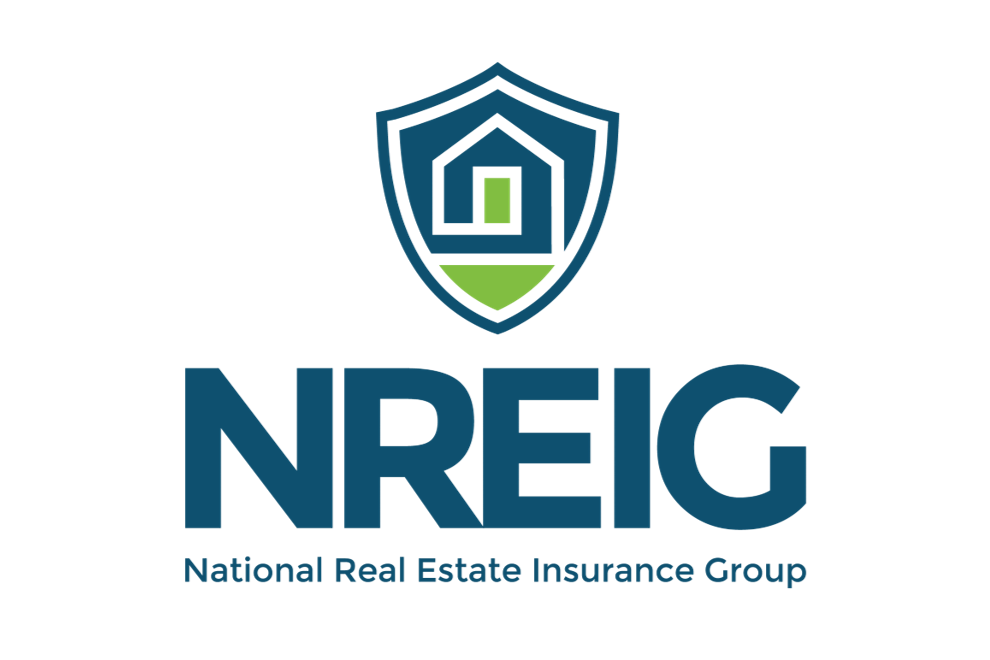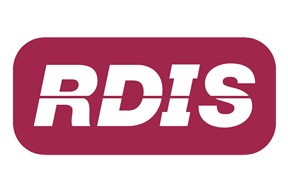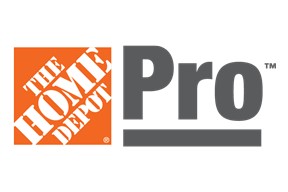In the coming months, lenders will be selective when financing commercial real estate deals.
The failures of Silicon Valley Bank and Signature Bank have only added to the pressure on borrowers. Wary of further bank runs, lenders are moving to preserve capital and shore up their balance sheets.
For the commercial real estate sector, this is particularly problematic. Commercial loans typically have a shorter life span than residential loans, meaning operators need to refinance every few years. More than $2.5 trillion in commercial real estate debt is estimated to mature in the next five years. Operators whose loans hit maturity when lending options are scarce may have no choice but to sell their properties.
However, even as margins tighten, today’s commercial real estate market can provide opportunities for those who invest wisely.
The Rise of Storage
As banks pull back from struggling asset classes like office space, they still have capital to place. Self-storage—alongside other commercial assets like industrial and multifamily—continues to be popular with both lenders and institutional investors.
During the past few years, the industry has undergone rapid consolidation. In February, Public Storage made a bid to acquire competitor Life Storage at a 19% stock premium. When that effort proved unsuccessful, Life Storage was acquired by Extra Space Storage for $12.7 billion, approximately $1.7 billion over Public Storage’s earlier offer.
This is part of a larger pattern. In 2020, Blackstone Real Estate purchased Simply Self Storage for $1.2 billion. In 2021, Public Storage paid $1.5 billion for a 56-facility portfolio. And in January 2023, the Prime Group announced it had closed its third storage fund at a hard cap of $2.5 billion, $1 billion over its initial target.
With money flowing into the space and a solid track record of performance, self-storage remains attractive to lenders. For owners and operators, the challenge is finding the right financing.
Leaning Into Lending Relationships
As a limited partner, understanding how your operator works with lenders can help paint a picture of how they will fare in the coming months. Since its inception, Spartan Investment Group has prioritized partnering with local lenders to obtain fixed-rate loans.
Every lender has different objectives, loan programs, interest rates, and underwriting criteria. By establishing relationships with multiple lenders, operators can select the best loan terms for their needs. They can also work directly with decision-makers, allowing them to access capital or get an answer faster.
If your operator has strong relationships with several lenders, they are much more likely to secure advantageous financing, even when the market is crowded.
As a limited partner, you should also consider the types of loans your operator favors. As the lending pool shrinks, it is vital that your operator takes the appropriate steps to mitigate risk in their financing. Fixed-rate debt offers certainty and predictability, because the interest rate and payments are consistent throughout the term. Variable-rate debt, on the other hand, is subject to interest rate fluctuations, which can be unpredictable and impact cash flow.
Spreading Out Risk, Increasing Exposure
As loans become increasingly competitive, the perks of buying in cash are higher than ever. Operators who purchase assets in all cash can plan to refinance once rates are down, at which point the infusion of capital can pave the way for further deals.
This year, Spartan launched income, growth, and debt funds for this reason. The pooled capital that funds provide can allow operators to secure good debt when possible—and pivot to all-cash deals when it is not. For limited partners, the benefits don’t end there. Warren Buffett famously bet on index funds over stock pickers, and the logic here is much the same. Rather than funneling capital into a single syndication, investing in a fund allows you to spread out risk and achieve maximum exposure.
Cash is also a helpful lever for securing debt. Many real estate operators are prone to overleveraging—carrying too much debt compared to their cash flow and equity. This makes banks nervous. With more capital in hand, operators can obtain lower-leverage debt, making them a safer prospect for lenders.
Understanding Your Operator
The parameters of borrowing for commercial real estate have shifted. As a passive investor, you have limited influence over how your operator responds to this. As such, information is your biggest asset.
Before committing to an investment, it is important to take the time to understand your operator’s strategy and risk appetite. How are they positioned to operate in the contemporary lending environment? What, if anything, would trigger a capital call or distribution pause? Who is your operator borrowing from, and how are their loans structured?
In the coming months, lenders will continue to be highly selective when financing commercial real estate deals—and that’s why it pays to select an operator with the connections and capital to navigate the market. Even in the current no-loan landscape, the right investment partner can help you reduce risk, fortify your portfolio, and come out ahead.























0 Comments